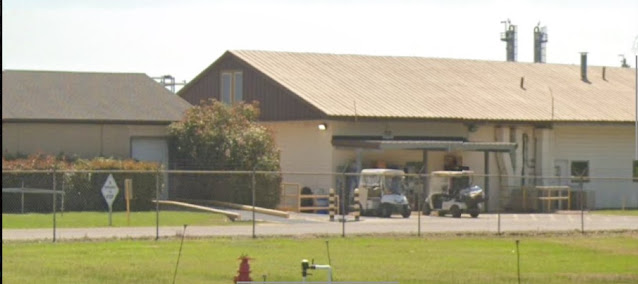Texas Medical Center Terror: The Concrete Crane Collapse that Injured a Worker
A concrete crane collapses at the Texas Medical Center project and injures one worker.
My Geotechnical firm
investigated the soil conditions under the crane. They found a loose sandy soil
that was not compacted.
They determined that the soil bearing capacity
was 1,000 psf. The actual loading of the crane and the concrete container was
5,000 psf.
A summary of the collapse.
1) Insufficient
bearing capacity of the soil underneath the crane.
2) Outrigger
pads are too small
3) Settlement
of the soil under the crane.
Perform a bearing capacity check by a geotechnical engineer for any crane or concrete pump truck outrigger used on the project.
Meet with your crane operator and review a lifting plan before work commences.
1)
Weight
2)
Center of gravity
3)
Lifting points
on the load
4)
The path that
the load will travel during the lift.
5)
Review the capabilities
of the crane, review the load tables, or the instrument of loading.
6)
Consider the
wind
7)
Communication
during the whole process of the lift.
8)
Are the
outrigger pads a sufficient size?
mshettig@gmail.com
.











Comments
Post a Comment